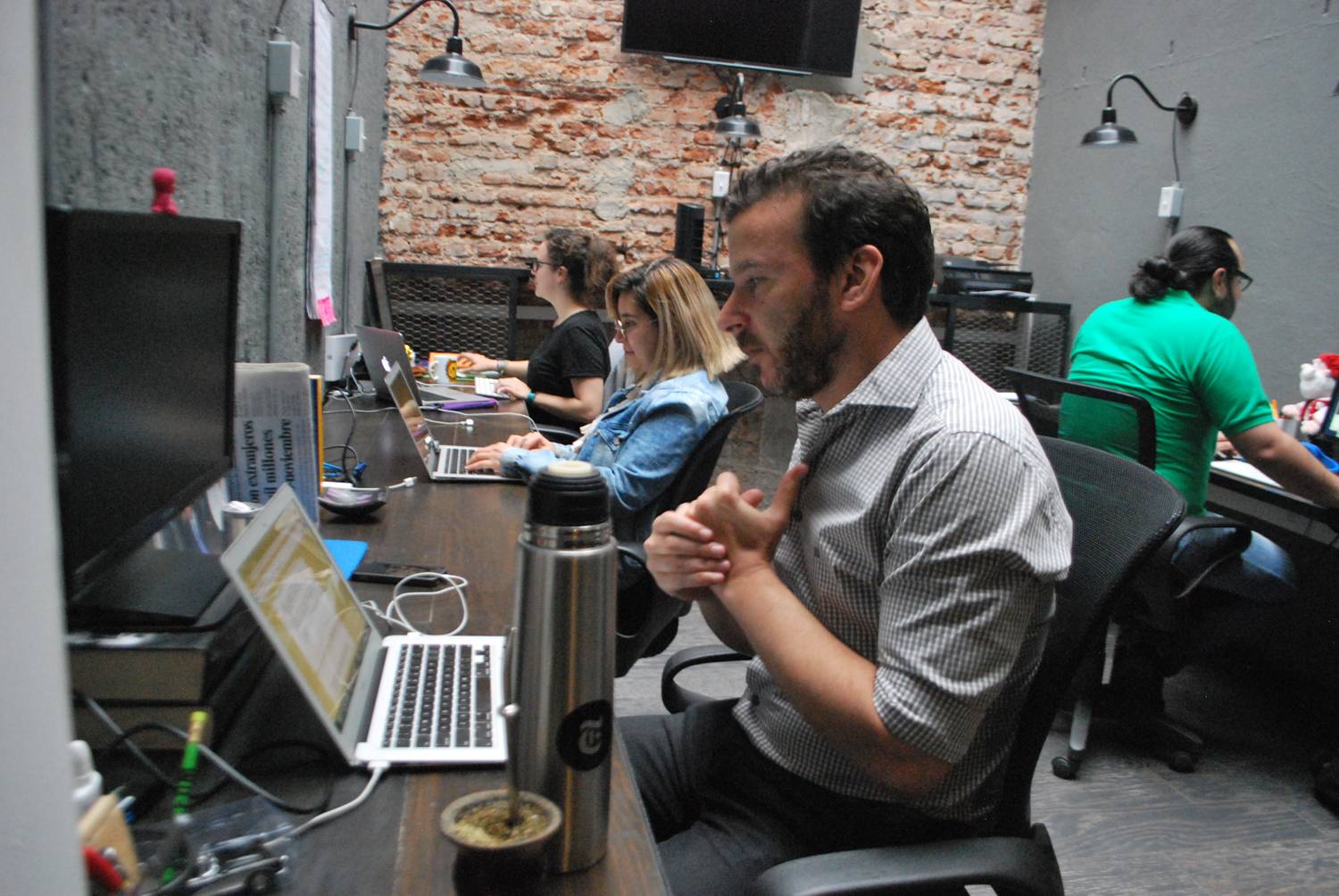When it comes to international news, The New York Times doesn’t want to be BuzzFeed, HuffPost or The Guardian. It wants to be, well, The New York Times.
Whereas other publishers are looking to lure massive new audiences with editions published in various languages, The New York Times is being deliberately conservative with its foreign-language offerings. It has Spanish- and Chinese- language homepages but isn’t planning to create more. And, for the most part, the Times isn’t systematically translating its stories into different languages.
“We’re not looking to follow the BuzzFeed or HuffPost models of trying to get the most audience possible,” said Stephen Dunbar-Johnson, the president of international for The New York Times. “That’s not really what we want to do or focus on. We’re really intent on finding tools to help people buy digital subscriptions.”
That strategy is an unconventional one in a rapidly globalizing media environment where several major news organizations are betting that building international readership at scale will pay dividends when it comes to selling digital advertising against the largest possible audience. BuzzFeed counts 10 international editions in several non-English languages. HuffPost has editions in more than 13 countries. And Vice is set to expand to dozens of international regions, including Africa, Southeast Asia and Australia.
The Times, by contrast, is “laser-focused” on converting casual international readers to paying subscribers, in keeping with its strategy of doubling digital revenue by 2020, Dunbar-Johnson said. Close to 40 million international readers now come to The New York Times every month across the company’s platforms, many of them from Canada, Australia and the UK. The company is trying to get those readers to buy into the entire news report, not just a single edition, so they’ve emphasized introducing them to the entire suite of New York Times products.
“We need to get them to come often enough to want to pay,” Dunbar-Johnson said. “So our overarching challenge is to drive relevance to that community of people so that we understand who they are, where they are.”
The New York Times has $50 million to spend on NYT Global, but they’ve approached the initiative with an assiduous eye toward cost and revenue. They’ve made inroads into Mexico and Australia, expanding their teams in those countries.
Last week, The Times announced that it was further expanding its coverage of Australia, tearing down its paywall for a week and recruiting a team of Australia-based journalists. It’s also created a closed Facebook group for the site’s Australian users and plans to send some of its heavy hitters (NYT Cooking editor Sam Sifton, new conservative columnist Bret Stephens) for visits to the continent.
It’s all part of an overarching goal to integrate The New York Times various international bureaus into the bloodstream of the main report, said Jodi Rudoren, the editorial director of NYT Global. That’s led to the use of cost-effective tools like geotargeting on social media in lieu of translation in some cases.
“A lot of our research tells us that readers abroad don’t want a different version of The New York Times,” Rudoren said. “They want the real Times. I think they do need guidance through the report as to what’s most relevant for them.”
While it’s still early days, there have been encouraging signs that the approach is working, Dunbar-Johnson said. Canada has grown its subscription numbers by 86 percent year-over-year. Australia has grown 73 percent year-over year. Much of that is related to the so-called “Trump bump” — international readers hungry for insights about the rise of populism in the United States — but there are other factors, too.
By investing in coverage in areas that have seen the most growth overseas — Canada, the UK and Australia — The Times is trying to capture the low-hanging fruit, Dunbar-Johnson said.
“We have a significant number of people coming to us from those markets and we think that by layering on added layers of relevance to them, we will help secure these subscriptions,” he said.
That’s not to say they’re not experimenting with translation at all. The New York Times has roughly 4.5 million readers of the core site whose browsers are set to Spanish by default. So, in addition to publishing original journalism in Spanish, the Times is translating its marquee English-language journalism. They’ve also experimented with translating topical stories into other languages: Coverage of the French election, for instance, or Daniel Berehulak’s Pulitzer Prize-winning photo essay on state-sanctioned Philippine murders.
The latter garnered more than 100,000 readers in Tagalog, Rudoren said. It’s an encouraging indicator that translation in other formats, including audio, could be successful.
“One of the things that we found out in our research is that in a lot of the places where there’s high English literacy, people still don’t read in English as much,” she said. “Or they don’t live their social media lives in English. So we’re going to try to find ways to use language to reach them.”
Correction: A previous version of this story referred incorrectly to The New York Times Mexico City bureau.






